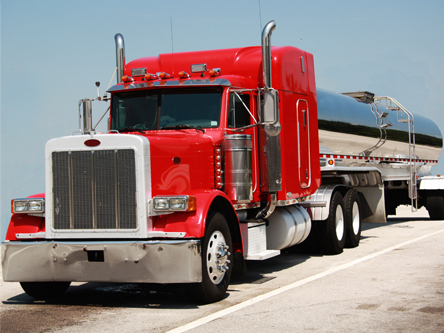With the age of the commercial fleet of class 3-8 vehicles increasing
and probability of a further increase in the cost of new commercial
vehicles as a result of increased regulations on diesel engine
emissions in 2010, R. L. Polk & Co. has just announced initial key
findings of its new Diesel Engine Parts Replacement analysis, which
provides valuable information for its customers in the commercial
vehicle market. The new solution is targeted to engine manufacturers
and parts suppliers as well as parts distributors that are planning
inventory strategies. Key findings from the report indicate market
demand for 221,000 new in-frame kits by owners of GVW 6-8 vehicles over
the next 12 months. In addition, it is estimated that 258,000
turbochargers are required in the aftermarket for commercial vehicles
GVW 3-8 in the coming year.
The Diesel Engine Parts Replacement Analysis is the fifth in a series
of aftermarket demand modules for the commercial vehicle industry.
Conducted by Polk together with Commercial Motor Vehicle Consulting
(CMVC), a provider of market research to the commercial vehicle
industry, the analysis identifies the demand for nine specific diesel
engine components, including fuel injectors, turbochargers, full engine
replacements and overhaul kits. It also details the replacement demand
for original equipment versus aftermarket components, as well as
salvage parts.
The basis of the study is the development of replacement factors by
engine manufacturer, engine part and the vehicle’s GVW. These factors
are then applied to vehicle populations and can be compiled by vehicle
and engine manufacturer, engine size, specific vehicle location
(including ZIP code) and fleet operation.
“The Diesel Engine Parts Replacement analysis helps OEMs and
aftermarket customers better prepare for market demand for replacement
parts in commercial fleets,” said Mark Seng, vice president of sales
and client services for Polk. “With more organizations keeping their
fleet vehicles in operation longer, this solution will help aftermarket
suppliers and OEMs best identify specific inventory needs.”
The Polk Diesel Engine Replacement Module can be customized to meet
specific customer needs and is available at various geographic levels.
Vehicle populations are updated quarterly, with an annual update
available for the replacement factors. With nearly 80 percent of all
new GVW 3-8 vehicles registered in the first half of 2009 being powered
by a diesel engine, Polk also expects this solution will continue to be
a key resource for customers in the future as these vehicles require
replacement parts.
For more information, visit: www.polk.com.










